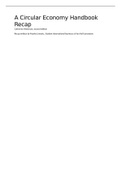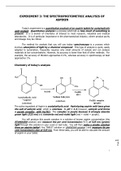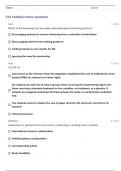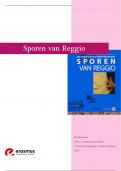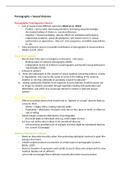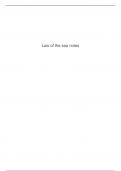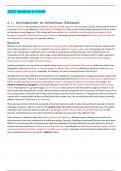Samenvatting
Summary Circular Economy recap
- Instelling
- Hogeschool Van Hall Larenstein (VHL)
this recap got all the inportant chapters to understand the book for an exam. chapters 6 till 10 are chapters about specific market sollutions, i did not read them for my exam
[Meer zien]
